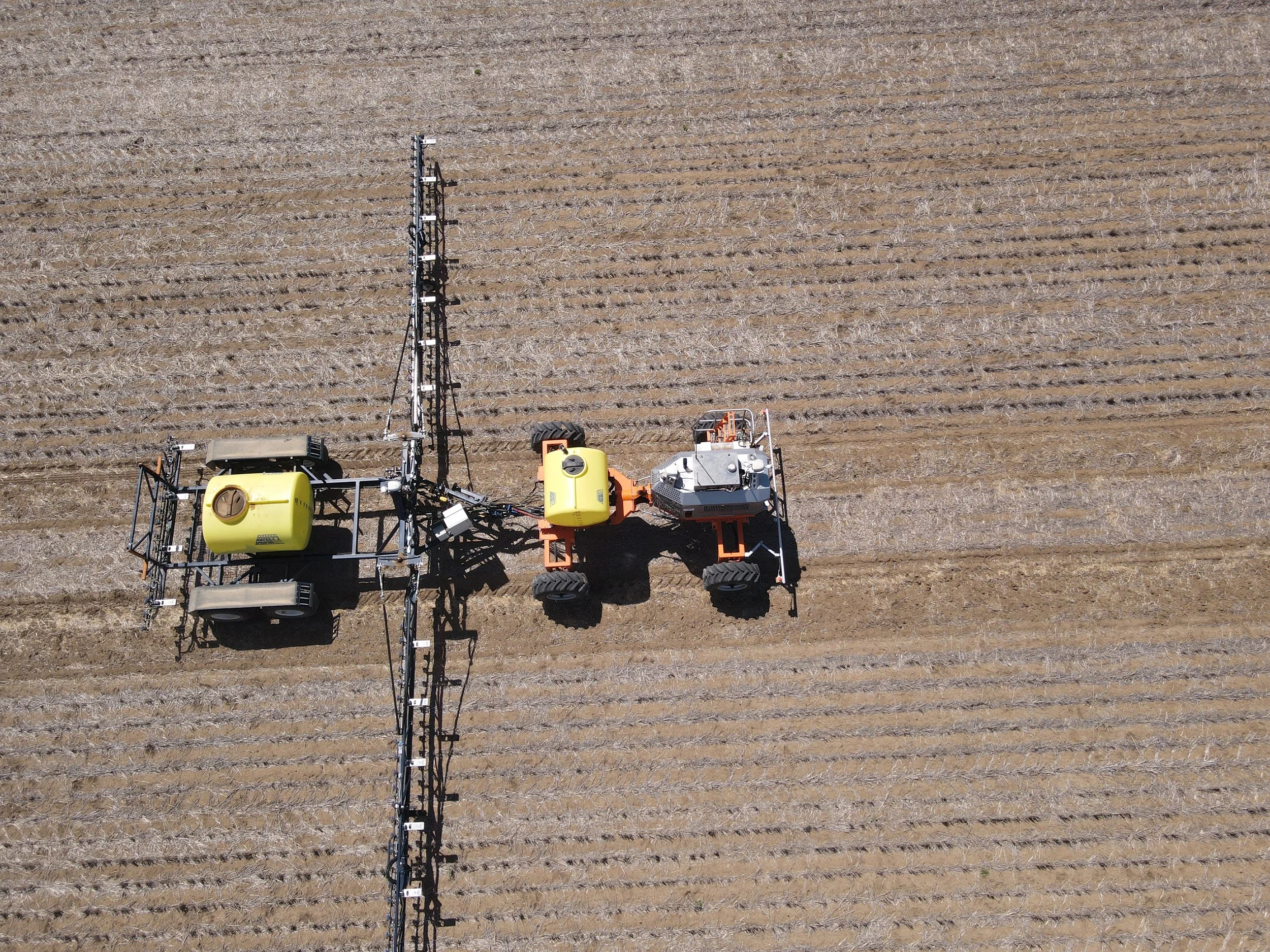EP6/7 : The road to successful development of an AgTech solution
Optimizing Product Scaling Through Final User Feedback 🌟
In my work with agricultural robotics, I’ve seen how critical early user feedback is in shaping a product’s functionality. Farmers often use machines in ways manufacturers can’t fully anticipate, uncovering needs or challenges that weren’t addressed during the design phase. One of the biggest mistakes companies make is attempting to scale too quickly without refining their product based on real-world feedback.
During a robotics project, I witnessed how skipping this step led to costly redesigns and frustrated customers. Instead of launching the product on a broader scale, we had to reallocate resources to fix avoidable issues—an outcome that could have been prevented with a stronger focus on user-driven iterations early on.
👀 Previous episodes (Episode 5/7): BUILDING A SUCCESSFUL DISTRIBUTION NETWORK : STRATEGIES FOR PARTNERING EFFECTIVELY
Founded in 2022, AgTech Market specializes in bridging the gap between agricultural innovation and real-world application. We help agricultural machinery manufacturers adapt to evolving AgTech trends by providing tailored support, from market analysis to product development and go-to-market strategies. Our mission is to make AgTech solutions accessible and effective, driving the adoption of technologies that truly meet the needs of farmers and manufacturers alike. Discover how AgTech Market's can help you.
💡 Best Practices for Scaling AgTech Products Successfully
Scaling up requires a strategic approach that integrates feedback loops at every stage. Here’s how to optimize the process:
👂 Listen to Your Early Users
Use pilot projects to gather detailed feedback on usability, performance, and compatibility.
Focus on farmers who are invested in innovation, as they will provide actionable insights.
🔄 Iterate Before Scaling
Incorporate feedback to refine the product, whether it’s simplifying interfaces, enhancing durability, or improving automation.
Addressing issues during early stages saves significant costs compared to revising products already in broader deployment.
📊 Data-Driven Refinement
Analyze data from user interactions to identify trends, common issues, and opportunities for improvement.
Use this data to ensure the product fits diverse agricultural environments and user preferences.
🌐 Test New Markets Strategically
Begin with markets that closely mirror your initial user base in terms of climate, crops, or farming methods.
Avoid expanding to vastly different markets without a robust understanding of local needs.
🤝 Build Long-Term Relationships
Keep communication channels open with your early adopters, as they can become ambassadors for your product.
Offer ongoing support and recognize the critical role they play in your product’s success.
🌾 Case Study: SwarmFarm Robotics’ Scaling Success in Australia
SwarmFarm Robotics, a leader in autonomous field robotics, exemplifies the power of user-driven development in scaling. Based in Australia, the company initially focused on perfecting its product within the local market before expanding internationally. Here’s how they succeeded:
Targeted Testing in a Niche Market: SwarmFarm launched its robots in large-scale, broadacre farming operations, a dominant segment in Australia with clear challenges, like labor shortages, repetitive field tasks and expensive spraying costs
Farmer Collaboration: SwarmFarm worked closely with farmers to understand how the robots performed in real-world conditions, making iterative improvements based on feedback.
Data-Driven Optimization: They used field data to refine autonomy features, ensuring the robots could handle large, irregular fields common in Australian agriculture.
Gradual Scaling: Only after achieving strong adoption and trust within Australia did SwarmFarm begin targeting other markets, using their local success as a foundation.
This focused approach, grounded in real-world feedback, allowed SwarmFarm to create a scalable, farmer-approved product that met real operational needs.
KEY TAKEAWAYS FROM EPISODE 6:
1️⃣ Scaling Requires Feedback-Driven Refinement
Launching too quickly without integrating real-world feedback can lead to costly redesigns and frustrated customers. Use early user insights to refine your product and address challenges before scaling.
2️⃣ Data and Collaboration Are Your Best Tools
Farmers' input and field data provide invaluable insights for adapting your product to diverse environments and use cases. Collaboration with end-users ensures your solution fits real operational needs.
3️⃣ Start Small, Scale Strategically
Begin with markets similar to your initial base, building trust and adoption locally before expanding. Gradual scaling, grounded in proven success, minimizes risks and prepares your product for global markets.
👀 Next Episode (Episode 7/7): THE AGTECH MARKET METHOD: YOUR PATH TO SUCCESS
Are you struggling to develop your product in the AgTech market? Let’s talk! I can help you analyze your market and develop a clear strategy. Contact me on LinkedIn or organize a meeting here ⬇️
The road to successful development of an AgTech solution
Ep 0/7 : IS THE AGTECH INDUSTRY IN CRISIS ?
Ep 1/7 : HOW TO SUCCESSFULLY POSITION YOUR PRODUCT IN THE AGRICULTURAL MARKET?
Ep 2/7 : HOW TO ADAPT YOUR AGRICULTURAL MACHINES TO MARKET AND CUSTOMER NEEDS?
Ep 3/7 : MAKING A SUCCESS OF YOUR FIRST PILOT PROJECTS WITH FARMERS
Ep 4/7 : MAXIMIZE THE RETURN ON INVESTMENT (ROI) OF YOUR AGTECH SOLUTIONS !
Ep 6/7 : OPTIMIZING PRODUCT SCALING THROUGH FINAL USER FEEDBACK
Want to learn more about Agtech opportunities ?
AMERICAN MARKET - 🇺🇸
AUSTRALIAN MARKET - 🇦🇺
CALIFORNIAN MARKET - 🇺🇸
CANADIAN MARKET - 🇨🇦
EUROPEAN MARKET - 🇪🇺
FRENCH MARKET - 🇫🇷



